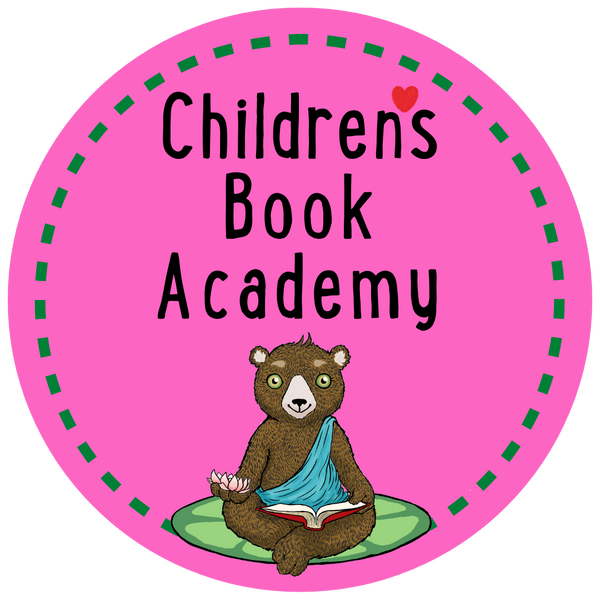When I started writing, a published author passed on some Writing Wisdom: Write what you know. I have tried to follow this advice, and failed.
To begin with, as a sciency writer and environmental journalist my whole reason for writing is to Find Out Stuff. And by that, I mean Stuff I Don’t Know. Stuff like:
1. Are cement casings adequate for fracked gas wells?
2. Where are all those ants going?
3. Why did the woolly bear caterpillar cross the road?
(Answers to these questions at the bottom of this post!)
My job as a reporter was to uncover and inform, to witness, to explain. It required research and interviewing people and going to meetings and taking photos. It turns out, writing books for kids isn’t all that different. I start with an event or a question or an observation. Then I try to put it into context in a way the reader will understand. Along the way I do research … probably way more than I need.
Sometimes one idea triggers a ripple effect. I was thinking about fast food one day. Not burgers and fries, more like how fast a frog’s tongue has to move to capture a fly. As I jotted down notes, two lists emerged. One focused on animals that catch their food in the blink of an eye, eventually becoming a Highlights article.
The other became a long list of interesting flies. Here’s the thing: as an entomologist, I think bugs (including flies) are cool. For example, the fuzzy flies that look like bumble bees and striped flower flies that mimic honey bees and wasps. Flies make up a large and diverse order of insects and serve many roles in the ecosystem. They are decomposers, pollinators, predators, and prey—and it was that last that gave me an idea for a book. I joked to a friend that I had “Fifty Ways to Leave your Lover” running through my brain… but eventually I came up with thirteen distinct and grisly ways flies could be eaten. Eventually, that turned into my first picture book, 13 Ways to Eat a Fly. But it was a long, slow evolution and many revisions from first draft (a fly guide!) to final idea of a “counting backwards” book.
Sue Heavenrich is represented by Heather Cashman at Storm Literary Agency
Website: www.sueheavenrich.com
Blog: Archimedes Notebook (archimedesnotebook.blogspot.com)
Facebook: https://www.facebook.com/SueHeavenrichWriter
_____________
Answers:
1 No.
2 They were marching across the kitchen counter in search of molasses, though some of them preferred peanut butter.
3 I think in the fall they are looking for the perfect spot to hibernate. In the spring I think they’re seeking a place to pupate.








